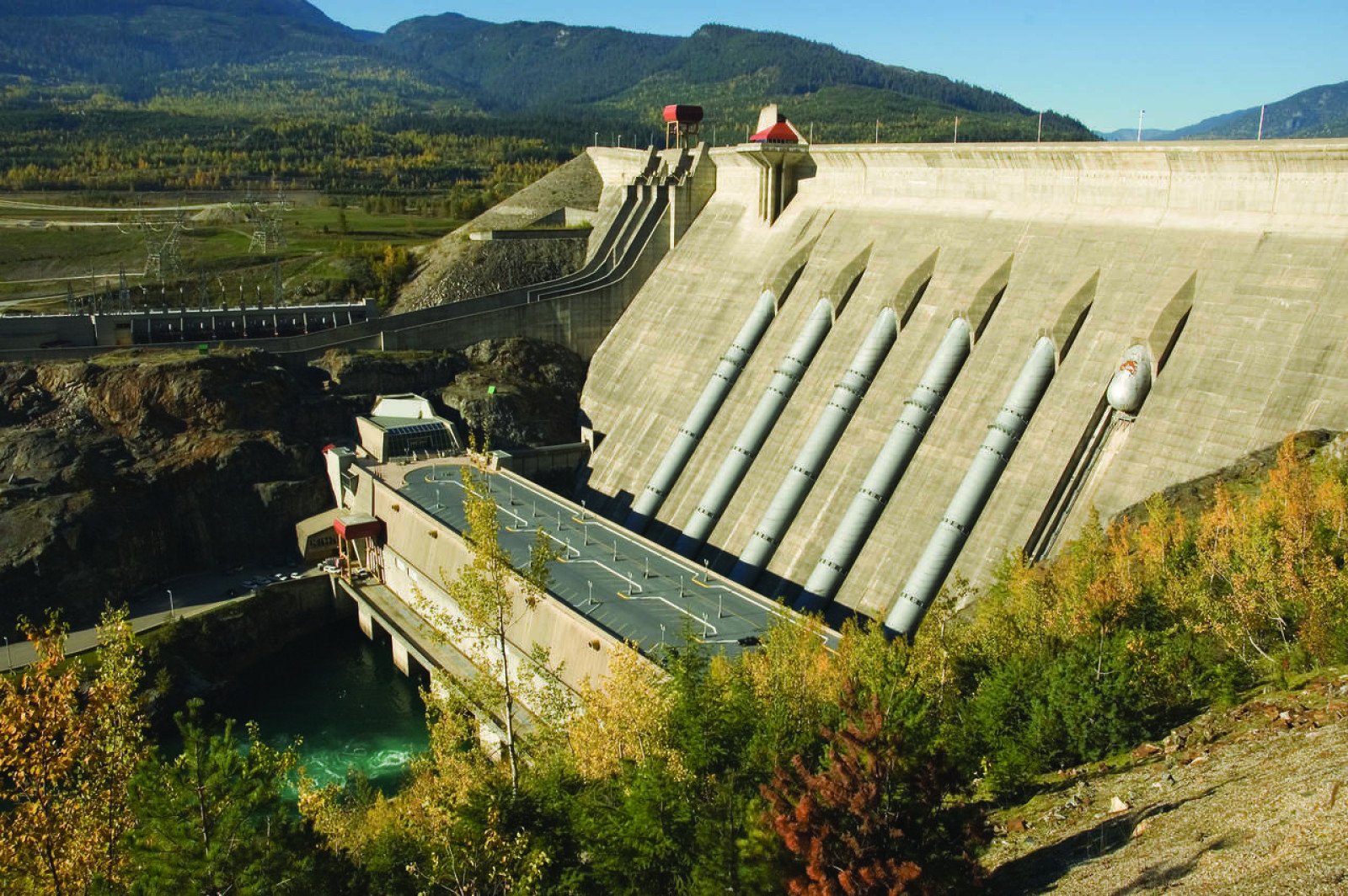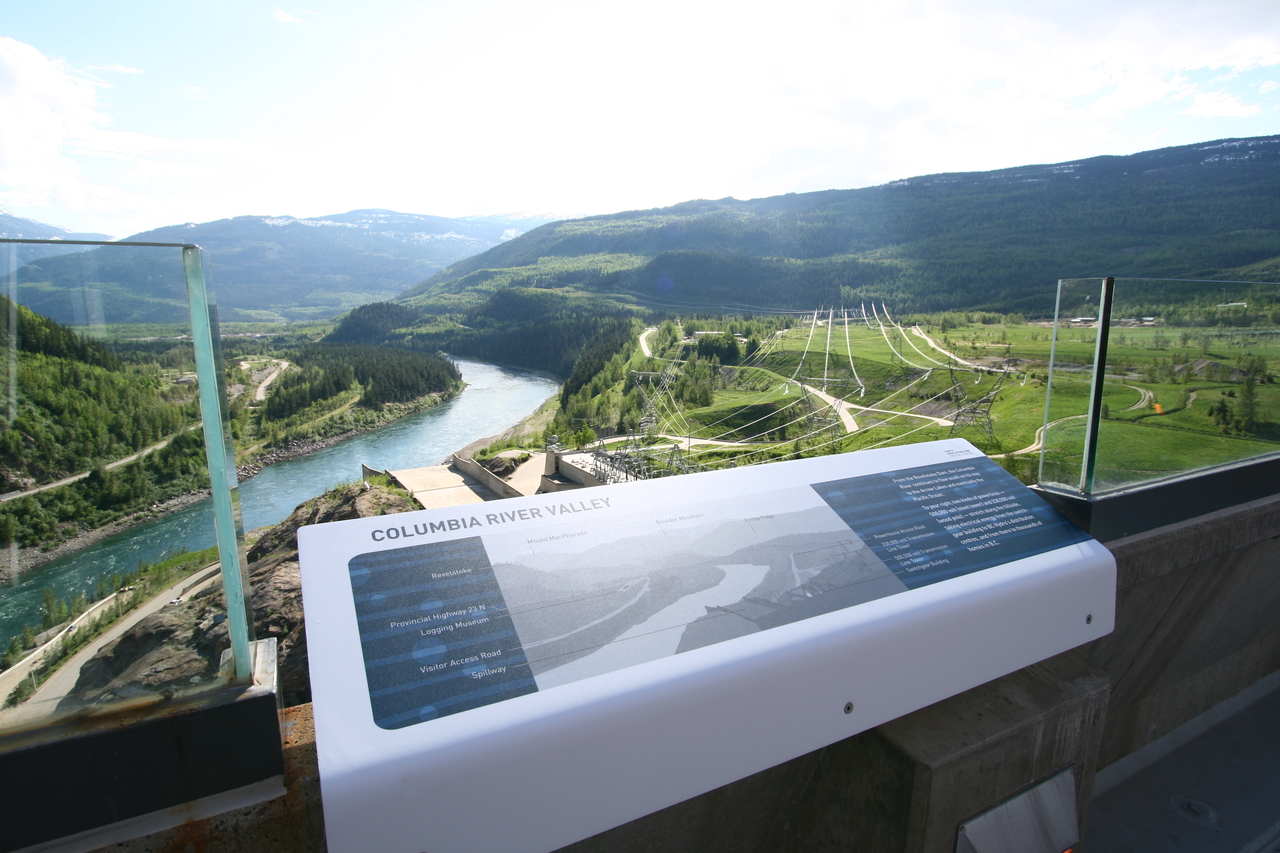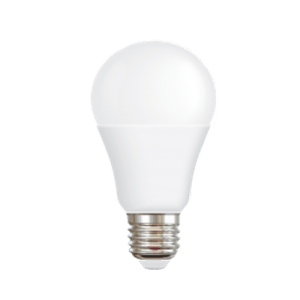Revelstoke Dam tour
Get a new perspective on power at the Revelstoke Dam Visitor Centre.

Overview
The Revelstoke Dam Visitor Centre tour is valuable for students who are studying electricity, energy and renewable resources. Students will experience the wonder of the second largest generating facility on the Columbia River, including a breathtaking view of the 175 metre-high dam wall.
Instructions
What you'll need
Teachers will need 1 copy of each:
- "Revelstoke Dam pre-trip activities" teacher guide
- "Revelstoke Dam" photos
- "Revelstoke Dam" video
- "Water cycle" video
- "Electricity everywhere quiz" slideshow
- "Revelstoke Dam field trip activities" teacher guide
- "Revelstoke Dam post-trip activities" teacher guide
- "From dam to outlet" slideshow
There are worksheets and handouts within each teacher guide that can be photocopied for students.

- Visit bchydro.com/revelstoke and read the information to plan your visit and request a school tour.
- Make sure students fill out any field trip forms required at your school.
- Review the "Revelstoke Dam pre-trip activities" and complete them with your class before the field trip.
- As your scheduled tour date gets closer, read over the "Field trip tips" in the "Teaching notes".
- Print out the "Revelstoke Dam field trip activities", and give copies of the worksheets to students to bring on the trip.
- Head to Revelstoke Dam for your tour and have students complete the "Revelstoke Dam field trip activities" as they explore the Visitor Centre.
- Back in the classroom, complete the "Revelstoke Dam post-trip activities" with students to review and reinforce learnings from the field trip.
Curriculum Fit
Grade 4 Science
Content
- Devices that transform energy
Curricular competencies
Questioning and predicting
- Demonstrate curiosity about the natural world
- Observe objects and events in familiar contexts
- Identify questions about familiar objects and events that can be investigated scientifically
Planning and conducting
- Make observations about living and non-living things in the local environment
Processing and analyzing data and information
- Experience and interpret the local environment
- Sort and classify data and information using drawings or provided tables
Applying and innovating
- Transfer and apply learning to new situations
Communicating
- Represent and communicate ideas and findings in a variety of ways, such as diagrams and simple reports, using digital technologies as appropriate
- Express and reflect on personal or shared experiences of place
Grade 4, 5 Career Education
Content
- Safety hazards and rules at school, at home, and in the community
Curricular competencies
- Demonstrate safe behaviours in a variety of environments
Grade 4, 5, 6, 7 English Language Arts
Curricular competencies
Comprehend and connect (reading, listening, viewing)
- Access and integrate information and ideas from a variety of sources and from prior knowledge to build understanding (Grade 4, 5)
- Use a variety of comprehension strategies before, during, and after reading, listening, or viewing to deepen understanding of text (Grade 4, 5)
- Apply appropriate strategies to comprehend written, oral, and visual texts, guide inquiry, and extend thinking (Grade 6, 7)
- Synthesize ideas from a variety of sources to build understanding (Grade 6, 7)
Create and communicate (writing, speaking, representing)
- Transform ideas and information to create original texts
Grade 5, 6 Science
Content
- Machines: constructed and found in nature (Grade 5)
- The nature of sustainable practices around B.C.’s resources (Grade 5)
- Force of gravity (Grade 6)
Curricular competencies
Questioning and predicting
- Demonstrate a sustained curiosity about a scientific topic or problem of personal interest
- Make observations in familiar or unfamiliar contexts
- Identify questions to answer or problems to solve through scientific inquiry
Planning and conducting
- Observe, measure, and record data, using appropriate tools, including digital technologies
Processing and analyzing data and information
- Experience and interpret the local environment
- Construct and use a variety of methods, including tables, graphs, and digital technologies, as appropriate, to represent patterns or relationships in data
Applying and innovating
- Transfer and apply learning to new situations
Communicate
- Communicate ideas, explanations, and processes in a variety of ways
- Express and reflect on personal, shared, or others’ experiences of place
Grade 7 Science
Content
- Electricity: generated in different ways with different environmental impacts
- Electricity: electromagnetism
Curricular competencies
Questioning and predicting
- Demonstrate a sustained intellectual curiosity about a scientific topic or problem of personal interest
- Make observations aimed at identifying their own questions about the natural world
- Identify a question to answer or a problem to solve through scientific inquiry
Planning and conducting
- Observe, measure, and record data (qualitative and quantitative), using equipment, including digital technologies, with accuracy and precision
Processing and analyzing data and information
- Experience and interpret the local environment
- Construct and use a range of methods to represent patterns or relationships in data, including tables, graphs, keys, models, and digital technologies as appropriate
Applying and innovating
- Transfer and apply learning to new situations
Communicating
- Communicate ideas, findings, and solutions to problems, using scientific language, representations, and digital technologies as appropriate
- Express and reflect on a variety of experiences and perspectives of place
Teaching Notes
Additional information
At 5 km north of Revelstoke, the Revelstoke Dam is the second largest generating facility on the Columbia River on the Canadian side of the border. When built in 1984, the powerhouse generated 1,980 megawatts from four turbines. Since the addition of the fifth unit in 2010, the dam’s output has increased by 500 megawatts. That's enough additional electricity to power 40,000 homes per year.
Inside the Visitor Centre is a gift shop with science-related items, souvenirs, and snacks.
Revelstoke Dam Visitor Centre – First Nations Gallery
The First Nations Gallery presents a chronological history of contact between the First Nations people and the early settlers starting in 1793 and discusses some of the traditions and culture of the Ktunaxa, Okanagan, and Shuswap. While these First Nations people share some similarities in their traditional ways of life, each group is distinct with unique features.
Field trip tips
Before you go
- Be familiar with your destination and know what to expect.
- Be clear about student and teacher expectations. Consider answering the questions as a class: What will a successful field trip look like for everyone? What are the common goals? What is the plan?
- Review classroom rules and ask students how they can be translated to the field trip setting.
- Remind students that the field trip guides and staff are to be listened to respectfully, and their instructions are to be followed.
- Include students in the planning and fundraising (if needed).
- Invite a responsible parent or staff to support your class management.
- With student input, establish a signal that will tell students it is time to stop, look, and listen. Then practice at school.
- Review what participants will need to wear, bring and do to be prepared to enjoy the field trip. Consider packing extra snacks, water, and garbage bags (for emergency rain gear).
- Please note that there is no lunchroom inside the Visitor Centre.
Upon arrival
- Account for all students and number off at intervals (especially arrival and departure).
- Please note that backpacks, bags or purses are not allowed inside the Visitor Centre. There are a few free lockers for adults but we encourage students to kindly leave their backpacks and bags in a locked vehicle.
- Ask students to state pre-arranged behaviour expectations and the “attention signal.”
- Check in with the class’ needs: provide snack and bathroom breaks in keeping with your school’s routine if practical.
- Make sure students are aware of hazards and clearly define physical boundaries at each location.
- As much as possible, let the location be the teacher: share your questions and curiosity with learners and invite sensory exploration.
What to bring
- Students
- Weather appropriate clothing
- Closed-toe shoes (runners) or boots
- Pen or pencil
- Notebook or paper
- "Revelstoke Dam tour activities" worksheet
- Lunch and snacks
- Water bottle
- Teachers
- "Revelstoke Dam tour activities" teacher guide
- Weather appropriate clothing
- Closed-toe shoes (runners) or boots
- Contact info (bus or parent drivers, school, visitor centre)
- Mobile device
- Pen or pencil
- Notebook or paper
- Lunch and snacks
- Water bottle
- Optional
- Camera
- Binoculars







